Tsuruhashi in Osaka, Japan-- Japan's Largest Korean town
Tsuruhashi -- Japan's Largest Korean Town
The Tsuruhashi district of Osaka has the distinction of being Japan's largest ethnic Korean neighborhood. Those who visit will be able to enjoy authentically spicy Korean cuisine, in a milieu that projects the sensation of daily life in the Republic of Korea. "The sheer variety of organ meats is incredible," remarks a woman in her 40s from Chiba Prefecture who recently made her first visit to Tsuruhashi. "There's no comparison between the merchandise offered here and at the Shin-Okubo (Korea town) district of Tokyo."
Within the boundaries of Tsuruhashi can be found some 85,000 people of North or South Korean nationality. The area abounds with Korean barbecue and other ethnic cuisines, food stores, dry goods shops, shops selling varieties of kimchi (a spicy staple made of pickled cabbage and other ingredients) and other Korean products, with some 130 businesses along a 500-meter street. Kang Kae Ah, a third-generation resident of Japan who works at the Koreatown office, says "More and more new shops have been opening along the side streets." There are presently about 20 outlets selling kimchi alone. The most popular variety, made from hakusai (Chinese cabbage), sells for around 1,000 yen per kilogram, which is very affordable. A housewife in her 50s who has come to shop with her friend tells me, "I'm here to buy kimchi and spicy miso (soybean paste)." She comes to the district regularly to shop.
The Korean Boom Is in in Japan
Recently the types of businesses in Tsuruhashi have expanded to include shops selling cosmetics imported from South Korea, and inexpensive hostels for foreign tourists. Walk-away Korean-style confections, like hottoku or spicy Korean-style mochi (glutenous rice) called toppogi and other shops dealing in fast foods have made their appearance. "Saturdays have become so congested it's hard to get around," an elderly Korean lady complained a little.
Masako Kanto, a naturalized Japanese in charge of Koreatown public relations, says "The second Korean boom 'Hanryu' is a big one." The first boom was ignited by the romantic TV drama "Winter Sonata" aired in 2003 and the second one was touched off around 2008 by the popularity of K-POP (Korean popular music) among both young Japanese females and males. Now we are still in the second wave of the Hanryu boom.
"Recently young men have also been coming here to shop," says Song Yeongki, who works at a store dispensing K-POP. It seems that such all-female groups as KARA and Girls' Generation (“Shojo Jidai” in Japanese) have begun to catch on in Japan.
The Koreatown web page, which receives a government subsidy, appears to be helping to attract visitors. "I came here for the first time after seeing the web site," says a housewife in her 30s, who dropped by a K-POP shop with her child in tow. When asked her impression of Koreatown, she replied, "I think it should receive more promotion."
Attract various people by various events
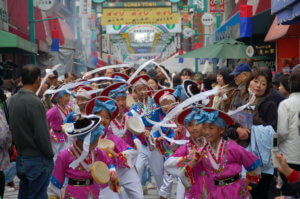
Korean Town Kyosai Matsuri
Each November since 2009, the "Koreatown Kyosei Matsuri (Communal Festival)" is held as an annual event. Special ethnic dishes not normally available are offered, and people can enjoy cultural displays from the Korean peninsula. The number of spectators at the event has already surpassed 20,000. This year's is scheduled for November 13.
Owing to the community's unique history and background, which was created by immigrants from the Korean peninsula in the years prior to World War II, as well as from the educational perspective of "coexistence" that transcends national boundaries, over 10,000 students from all over Japan visit here each year on study tours alone.
In the past, the district had an atmosphere of being a "Korean market" largely unapproachable by outsiders. "Most of the customers were Koreans residing in Japan," says Ms. Kanto. But when the name Koreatown became popularized from 1993, and the entrance streets were topped with four distinctive gates, "Its image changed, and more Japanese customers began coming," Ms. Kang points out.
"Tokyo's Shin-Okubo district was created by newcomers (Koreans who came to Japan after WW2), but this place boasts a history preceding the war," says Kanto. "Thanks to it's becoming famous as Koreatown, second- and third-generation Koreans in Japan have returned to their roots, and family businesses have remained in operation." Osaka's thriving Koreatown is placing its hopes on a brighter future.

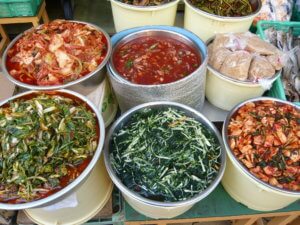
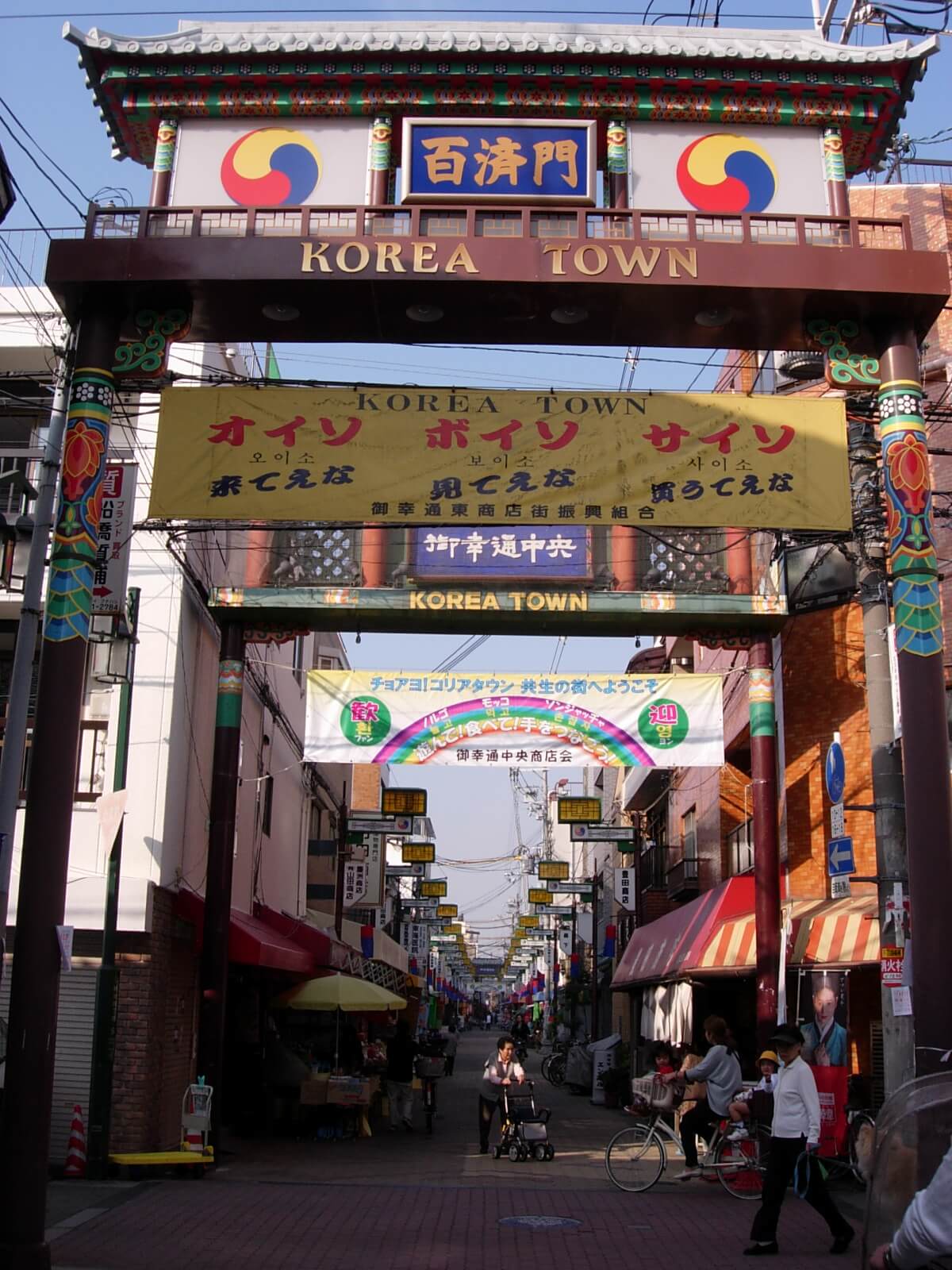
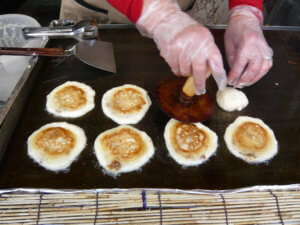

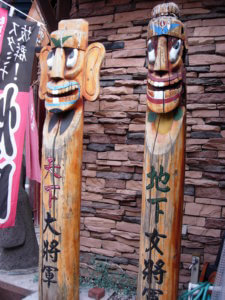
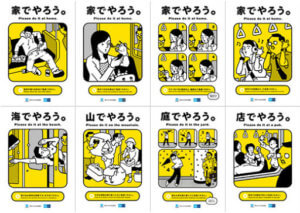

One thought on “Tsuruhashi in Osaka, Japan-- Japan's Largest Korean town”